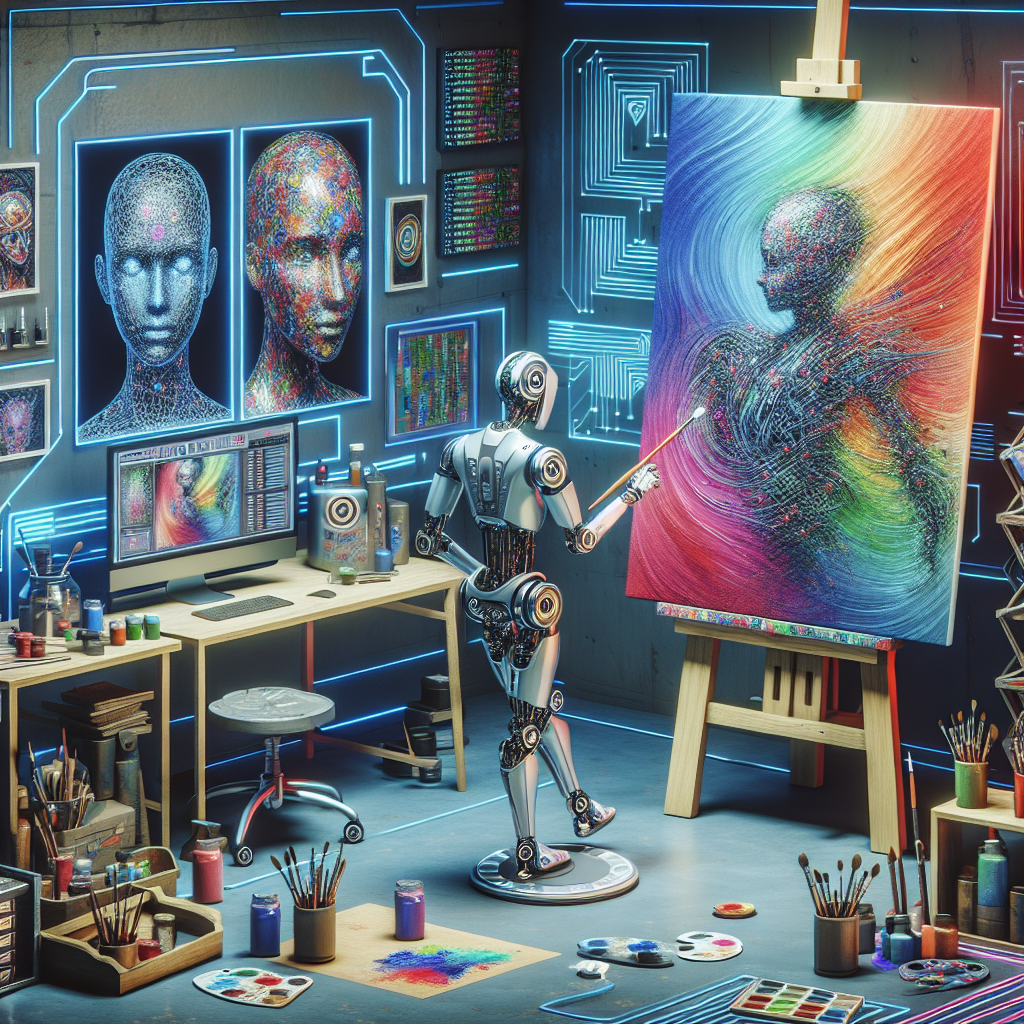Artificial Intelligence (AI) has been making waves in various industries, from healthcare to finance to transportation. But one area where AI is starting to make a significant impact is in the realm of art. AI is revolutionizing the artistic process, offering artists new tools and techniques to create innovative and groundbreaking works of art.
One of the key ways in which AI is changing the artistic process is through the use of generative algorithms. These algorithms can analyze vast amounts of data and create unique and original artworks based on this analysis. By feeding the algorithm with images, text, or other forms of data, artists can generate new and unexpected visual compositions that push the boundaries of traditional art-making techniques.
For example, artists like Mario Klingemann and Robbie Barrat have used generative algorithms to create stunning and thought-provoking artworks that blend the organic with the digital. These works challenge our notions of what constitutes art and how it is created, opening up new possibilities for artistic expression.
AI is also being used in more practical ways to assist artists in their creative process. For instance, AI-powered tools like deep learning algorithms can analyze an artist’s style and suggest new ideas or techniques to explore. This can help artists break out of creative ruts and discover new avenues for artistic exploration.
Additionally, AI can be used to automate certain aspects of the artistic process, such as image manipulation or color correction. This can save artists time and effort, allowing them to focus more on the creative aspects of their work.
However, while AI offers many exciting possibilities for the art world, it also raises some important questions and concerns. For example, some critics worry that AI-generated art lacks the emotional depth and human touch that traditional art possesses. Others raise concerns about the ethics of using AI to create art, questioning who owns the rights to AI-generated artworks and whether they should be considered original creations.
Despite these concerns, it is clear that AI has the potential to revolutionize the artistic process and open up new avenues for creative exploration. By embracing AI as a tool for artistic expression, artists can push the boundaries of what is possible in art-making and create truly groundbreaking works that challenge and inspire audiences. As AI continues to evolve and improve, it will be fascinating to see how artists continue to integrate this technology into their creative practices and what new forms of art emerge as a result.


Leave a Reply